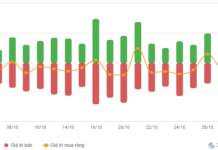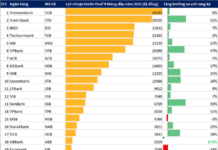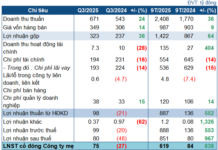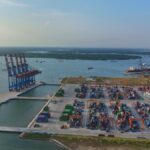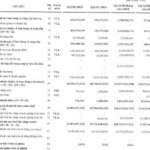To facilitate the transportation of goods between the Cai Mep – Thi Vai area’s container ports, the customs sector and related ministries and branches are developing a circular regulating customs supervision of goods transported under customs supervision between ports.
The issuance of the circular will help businesses reduce time and costs while also ensuring the management and supervision of goods by the customs agency, promoting the circulation of goods, and increasing state budget revenues.
According to Mr. Dao Duy Tam, Deputy Director of the Customs Supervision and Management Department, if the ports in the Cai Mep – Thi Vai area are not opened (open port), businesses will have to invest and build additional anchorage areas outside the port to tranship, which will greatly affect business investment.

Opening up the ports will make it easier for large-capacity ships to load and unload goods, reducing costs for customers.
Mr. Tam also stated that previously, the customs sector proposed opening hard barriers to connect 2/6 ports in the Cai Mep – Thi Vai area. For the four ports that have not yet been opened, businesses need to reach an agreement with the province and the Ba Ria – Vung Tau Customs Department to propose to the General Department of Customs.
The transhipment anchorage area, which is located far from the mainland, will cause businesses to lose out on attracting customers, greatly impacting supervision activities and putting a lot of pressure on the customs agency. As a result, the General Department of Customs will propose to the Ministry of Transport that the four hard barriers be replaced with soft barriers. The provincial Customs Department will be in charge of organizing supervision, added Mr. Dao Duy Tam.
Unlocking the Flow of Trade Through the Cai Mep – Thi Vai Port Cluster: A Strategic Blueprint
As one of Vietnam’s two specially-ranked gateway ports (alongside Hai Phong), the Cai Mep – Thi Vai port complex in Ba Ria – Vung Tau has achieved significant accomplishments over the years. However, to facilitate the flow of import and export goods for businesses, this port complex needs to address “bottlenecks” in connectivity infrastructure and reform administrative procedures, customs, and specialized inspections.


